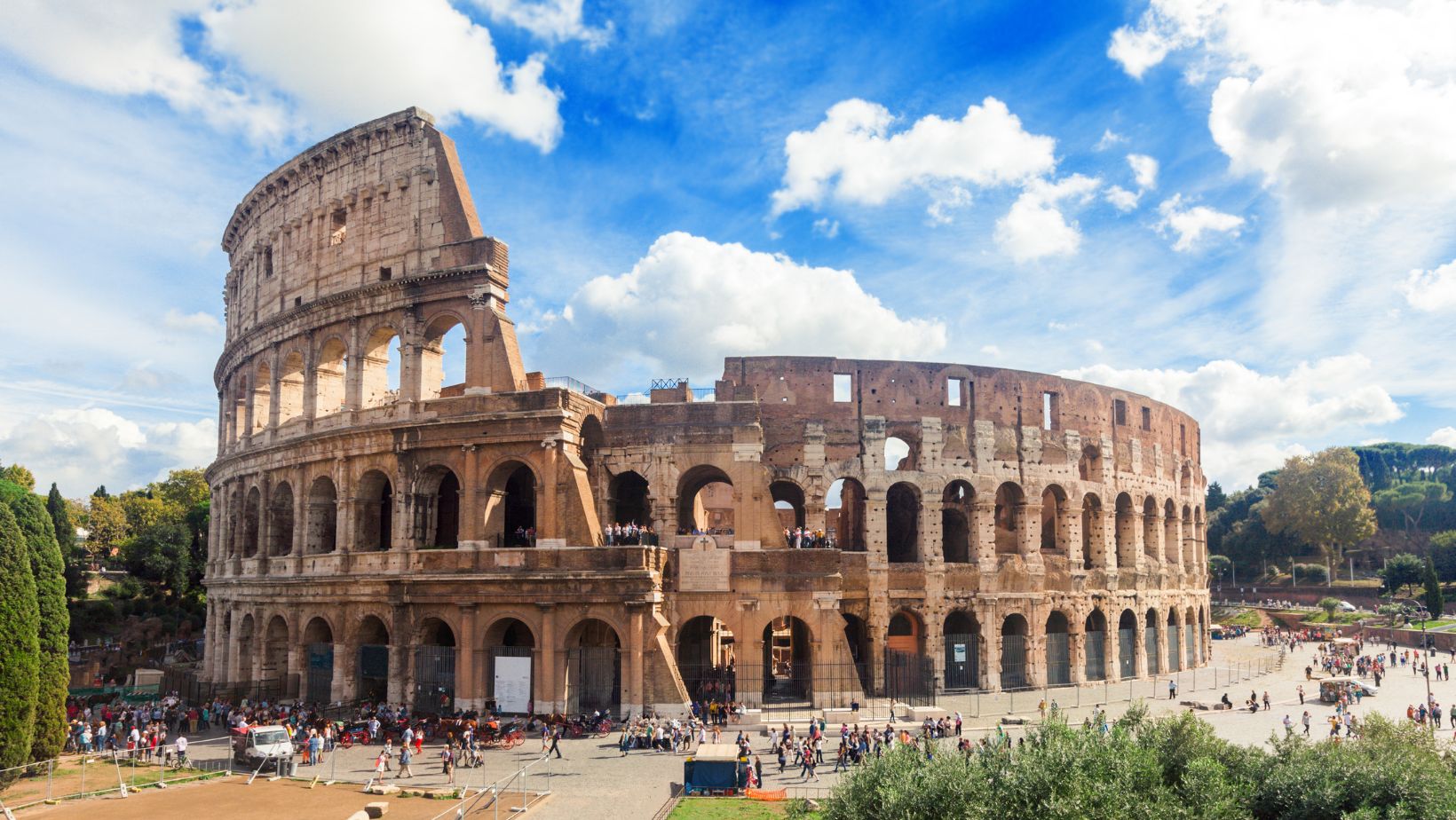Exploring historical sites connects us to our ancestral roots and to the significant events of other cultures that, in their own way, have influenced our own. More than just a window into the past, they offer a glimpse into how people throughout time have dealt with triumphs, tragedies, and challenges.
Are you ready to explore the echoes of history? These are the top global sites with a rich past that you may want to visit.
The Great Wall of China
The Great Wall of China offers more than just historical significance. It is a monument with cultural and strategic significance, too. Built to protect China from invading nomadic tribes, it also served to preserve Chinese culture.
The Wall was constructed over centuries under the rule of successive emperors. A marvel in its day, it continues to amaze visitors. It’s the longest man-made structure in the world and a UNESCO World Heritage site.
Although less than 10% of it remains standing, it nonetheless attracts visitors from across the globe. A walking tour is the best way to experience this once-colossal megastructure.
Normandy Beach Tours, France
Normandy’s beaches were the setting for one of the most influential operations in military history. Known to many simply as D-day, the Allied troops landing on France’s shores to face the Nazi troops marked a turning point in World War 2.

The bravery and sacrifice of the thousands of soldiers who lost their lives on Normandy’s sands will never be forgotten. Go on one of the area’s renowned WW2 Tours, and you’ll learn more about Normandy’s beach roles in this historic event.
Machu Picchu, Peru
Another UNESCO World Heritage Site, the Historic Sanctuary of Machu Picchu in Peru, is a testament to the peak of the Incan Empire in South America.
The citadel of Machu Picchu was abandoned when the Inca Empire was conquered by the Spaniards in the sixteenth century. Upon its rediscovery in 1911, this complex became known to the outside world. And people have been fascinated by it ever since.
Because sites like these attract a lot of tourists, try to plan your tour early or late in the day to avoid crowds.
The Pyramids of Giza, Egypt
Yet another World Heritage site, the pyramids of Giza, are an iconic symbol of Egypt. Few man-made structures capture the imagination quite like these, especially when viewed up close.
Movies and games featuring world wonders familiarized people with pyramids and other world heritage sites. But nothing prepares one for the sheer magnificence of these structures, built a millennium before the rule of Tutankhamun.
There are numerous tours of the pyramids and their neighbor, the leonine statue with the head of a pharaoh known as the Sphinx. You can enter the pyramids, take a selfie with the Sphinx, or experience an authentic camel ride.
The Colosseum, Rome
The Colosseum was built between 72 A.D and 80 A.D under Emperor Vespasian and was the largest amphitheatre in the ancient world. This UNESCO World Heritage site remains a testament to Roman power and a major tourist attraction.

Although much of it has fallen victim to weathering and the passage of time, restoration efforts have been ongoing since the 19th century. Indeed, the Italian government approved a plan to give the Colosseum a new floor, to allow visitors to stand where ancient gladiators once fought.
The Colosseum is open for tours year-round, except for January 1st, May 1st, and December 25th.
The Acropolis of Athens, Greece
Step back into prehistoric times. Visit a citadel and religious centre that was home to kings and mythical gods, atop a limestone cliff. Yes, you guessed it, we’re talking about the Acropolis of Athens, Greece.
At this UNESCO World Heritage site, you can see the remains of Athen’s most renowned temples of the ancient world, including the Parthenon. There are a variety of guided tours available.
But don’t forget, Greece is an island. You can have an island getaway and historical tour all in one! Charter a yacht while you’re in Greece to explore the surrounding natural wonders.
Taj Mahal, India
If you think visiting a mausoleum can’t be anything but depressing, think again. The Taj Mahal is a mausoleum complex built by Emperor Shah Jahan in the 1600s in memory of his wife.
It is considered by many to be the finest example of Mughal architecture. More than just a memorial in the wake of his wife’s death, the white marble structure became an eternal and beautiful monument of love.
Various guided tours are available, but be aware it takes at least three hours to explore all the monument buildings and gardens in the complex. So, set aside enough time to fully appreciate this labour of love.



